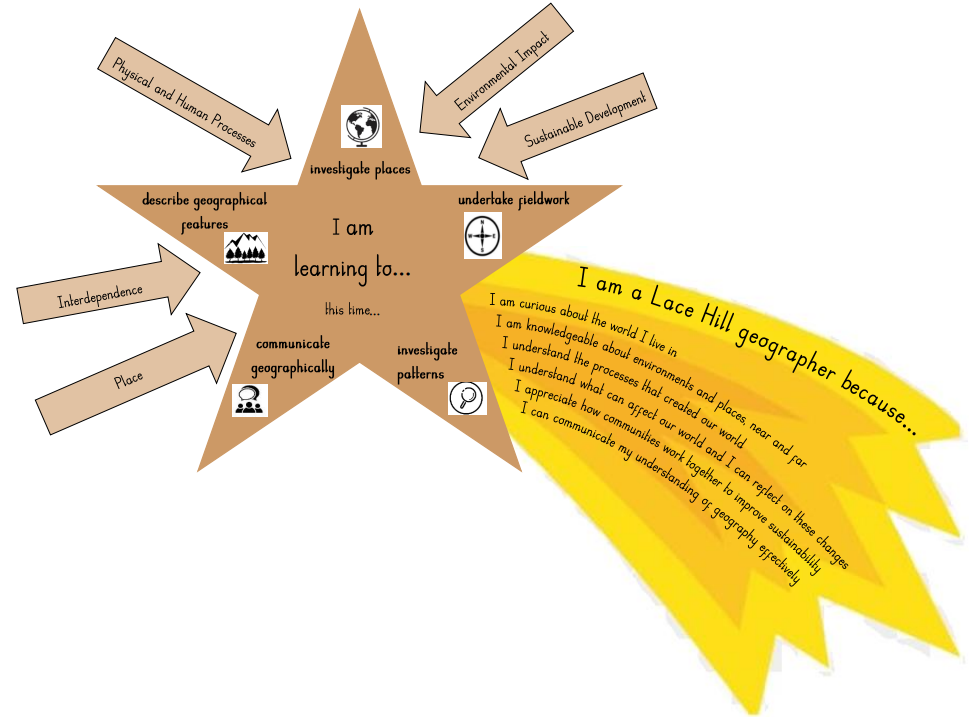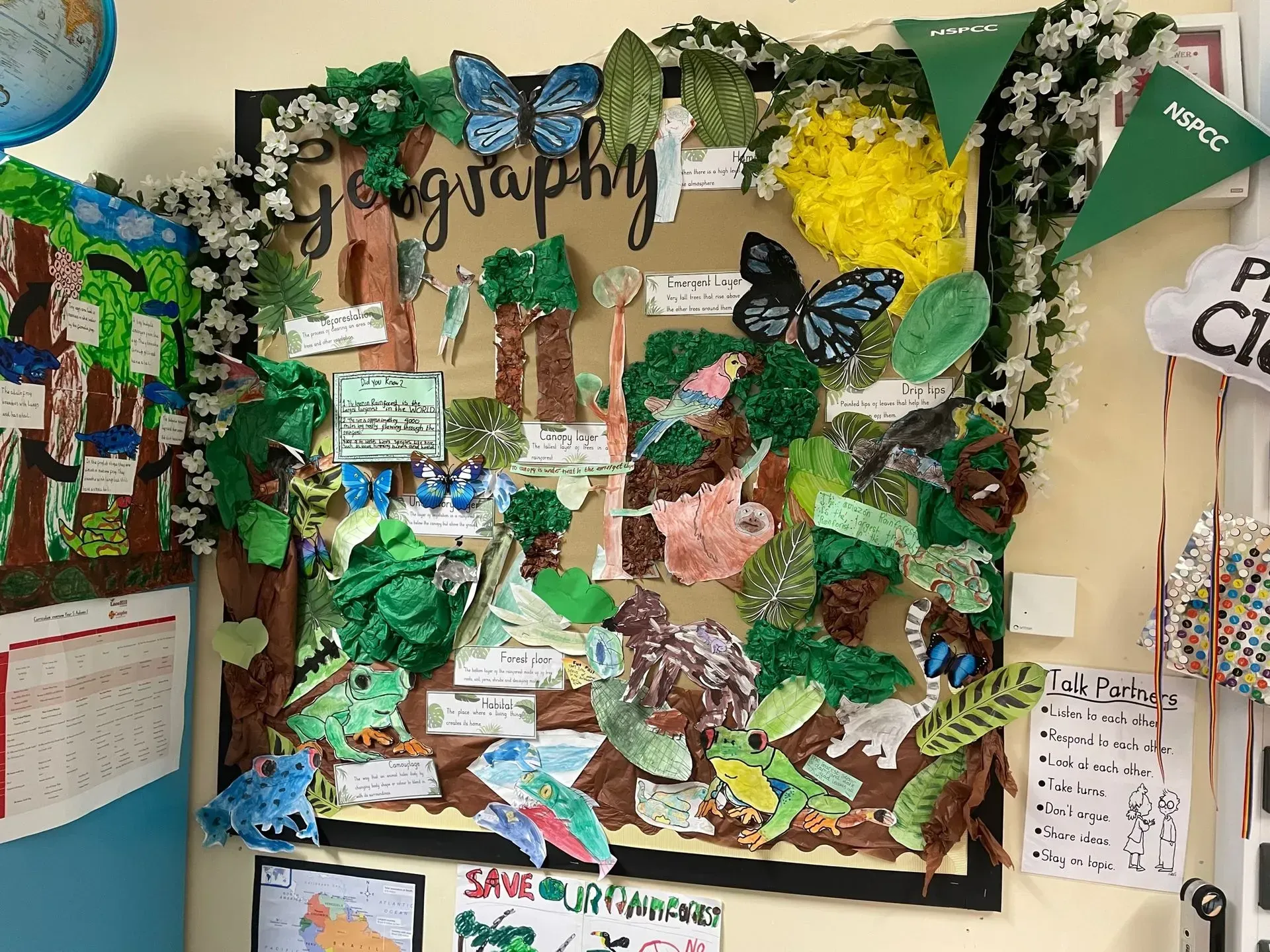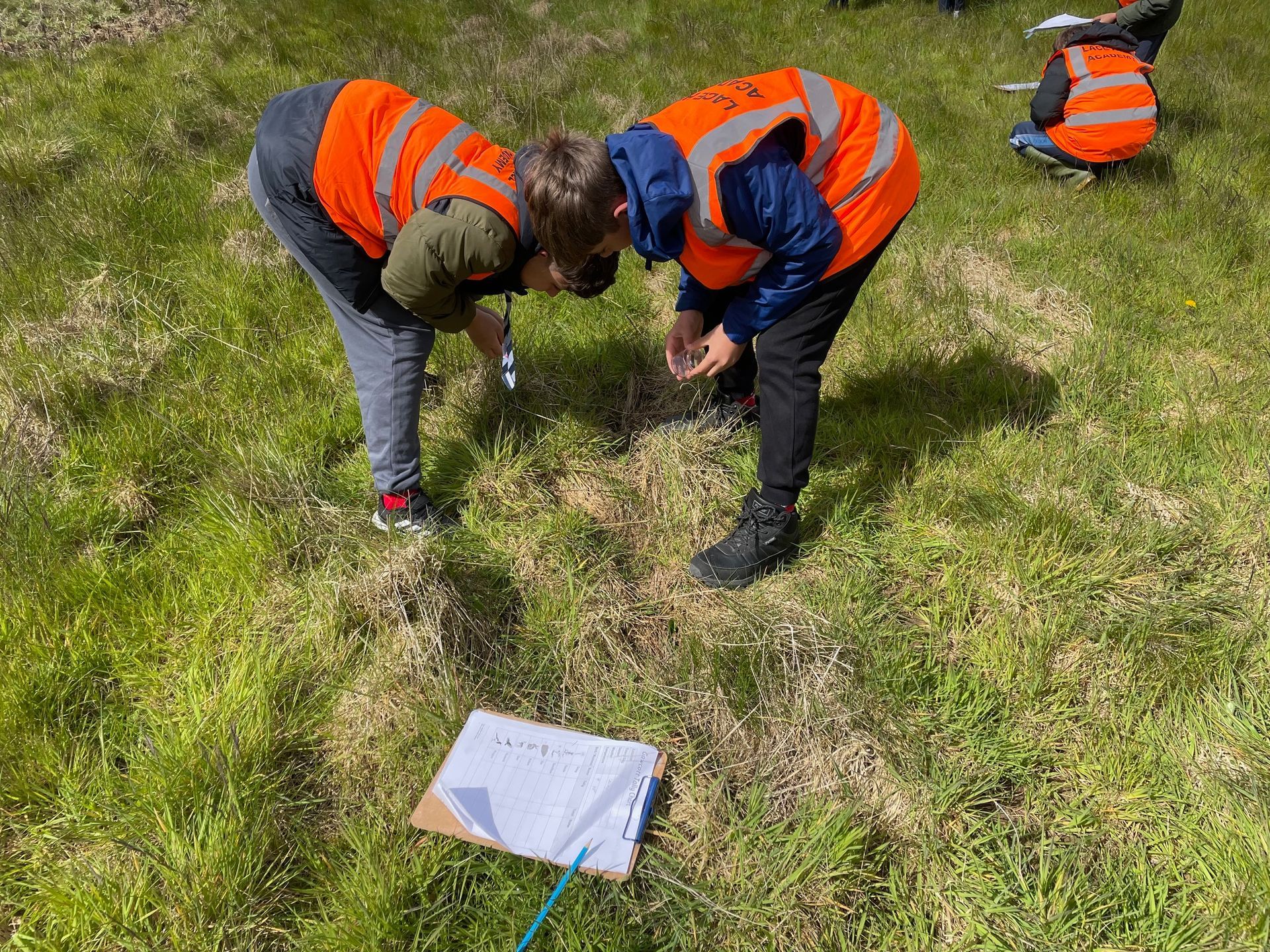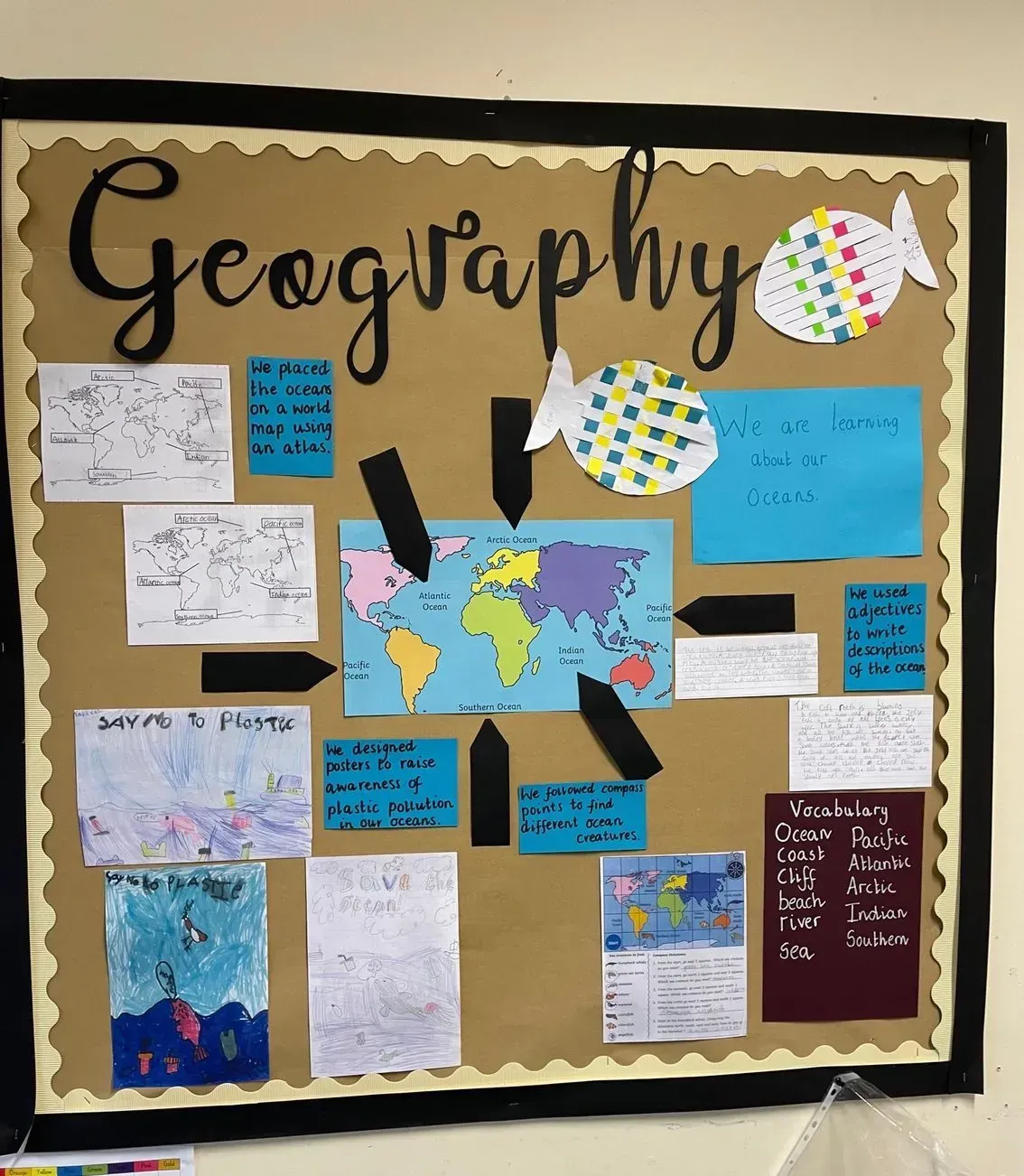Geography
Intent
Our geography topics are informed by the National Curriculum and are sensitive to children’s interests, as well as the context of the local area. Geography is a key part of our community. The school is located on a modern housing estate on the edge of a market town. The area has seen rapid economic change in recent years, not only in Buckingham, but in the surrounding areas. The more recent building of the HS2 train link is in close proximity. Our curriculum aims to stimulate interest from the children in learning about their locality as well as comparing and contrasting with other places around the world.
Children need to see how their geography learning is relevant in the real world. Children are given the opportunity to talk to members of the local community, including those that hold views on controversial decisions, such as councillors. By experiencing geography in the ‘real world’, children learn how individuals can positively impact on communities here and around the world. Our children need to understand that learning geographical knowledge and skills helps them develop a sense of identify and belonging. They need to identify what makes their locality different to anywhere else and what processes can impact this, which will promote responsible citizenship with our children. They need to learn about the world’s resources and how they are distributed, so that they can develop integrity and empathy. They need to learn how to question and debate dilemmas that our world leaders face today, so that our children have confidence and strong communicative skills. We aim for children to leave Lace Hill Academy as global citizens who are aware of how they interact with the world to create innovative and sustainable change for the future.
Our geography curriculum is designed around five substantive concepts ( shown in the arrows pointing towards the star):
- Interdependence
- Place
- Sustainable development
- Physical and human processes
- Enviromental Impact
Through our geography curriculum, children are also exposed to the following disciplinary concepts ( the points in the star):
- Investigating places
- Communicating geographically
- Investigating places
- Understanding places
- Undertaking fieldwork
This is where children learn how to be successful in the field of geography and achieve our intent (also shown in the golden tail).
I am a Lace Hill geographer because…
- I am curious about the world I live in
- I am knowledgeable about environments and places, near and far
- I understand the processes that created our world
- I understand what can affect our world and I can reflect on these changes
- I appreciate how communities work together to improve sustainability
- I can communicate my understanding of geography effectively

Implementation
By teaching through these disciplinary concepts, our children are able to make connections between their learning and in turn gain a deeper understanding allowing them to make sense of the facts and the world around them. Each unit of work covers place knowledge, locational knowledge, human and physical features and geographical skills and fieldwork. Lessons build upon prior learning and enrichment opportunities. The geography curriculum links where possible to the history curriculum, so that learning is meaningful. Staff model explicitly the subject-specific vocabulary, knowledge and skills relevant to the learning.
The planning of learning always begins with the skills and knowledge that needs to be taught in order to build upon prior learning and enrichment opportunities and opportunities to apply learning are carefully designed through the planning process. Staff will model explicitly the subject-specific vocabulary, knowledge and skills relevant to the learning to allow them to integrate new knowledge into larger concepts.
Children need to see and experience geography through practical, engaging tasks in and beyond the classroom. We place great importance on educational visits to enhance the geography curriculum. These visits allow children to gain first-hand experience of some of the concepts and places they have studied in the classroom. Fieldwork is integral to quality geography teaching, and we include as many opportunities as we can to involve children in practical geographical research and enquiry.
Impact
At Lace Hill Academy, our aim is for our geography curriculum to develop curious thinkers, who are knowledgeable about environments and places, near and far. By the end of KS2, we want our children to understand the processes that has shaped our world, and reflect on what is still changing our world today. our children need to be able to underatand how communities can work together to improve sustainability as well as communicate their knowledge of geography effectively to an audience. We measure the impact of our geography curriculum through monitoring work, listening to the children’s attitudes about history through pupil voice, by taking learning walks/ book looks and termly data analysis.






